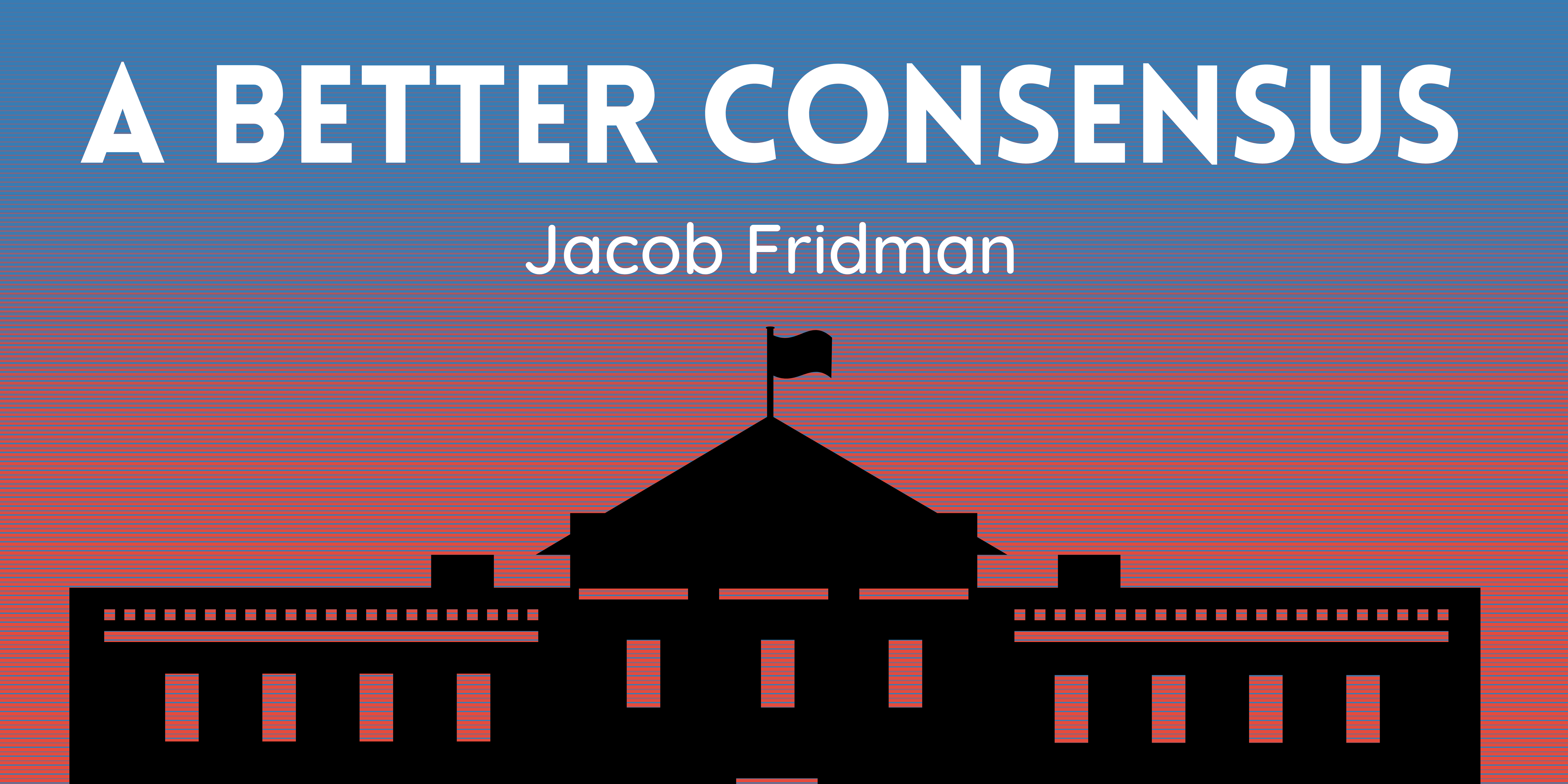| Paloma Delgado ∙ The Tufts Daily |
We all know how elections go: the most polarizing candidate or the bland incumbent often wins with less than half the overall vote, or the race has so many candidates that just a few hundred votes decide the winner. In 2016, Trump won the Republican primaries with 1,543 delegates, well over half. However, he won only 44.95% of the popular vote.
”Ranked choice voting eliminates spoiler, minoritarian and populist candidates, as well as separate runoff elections (looking at you, Georgia), and it leads to fewer candidates attacking each other, since appealing to other candidates’ voters is the point.
Flash forward to 2020, my own congressional district, Massachusetts’ 4th, had a nine-candidate Democratic primary. First place Jake Auchincloss beat second place Jesse Mermell, 22.4% to 21%, a margin of 2,145 votes in a race with over 157 thousands total . The other candidates had vote totals in the thousands, well over the 1.4% difference. These results are not representative, and in the case of Trump, these ‘plurality’ wins can be disastrous. How do we stop such close wins and candidates who thrive on a minority of the electorate? The answer is ranked-choice voting.
It’s pretty simple : voters rank all the candidates in order of preference, and if no one gets more than 50% of the popular vote, the voters whose top choice did not win will see their votes transferred to their second-favorite candidates. This will continue until one candidate reaches more than 50%, which means that the candidate who wins will have the broadest consensus among the voters.
The recent Democratic mayoral primaries for New York City used this system for the first time, where Eric Adams, the candidate with the broadest support, won with 50.4% of the vote versus second-place Kathryn Garcia’s 49.6%. In a field with 13 candidates, just counting the first-ranked votes, Adams had a first-place plurality with nearly 31% of the vote . However, that would’ve been disastrous for public trust if that was it. Ranked-choice voting made it clear that Adams was the consensus candidate.
Now, I know that these are primaries and the system isn’t perfect. Parties’ leadership want maximum control over candidate selection, inactive ballots that don’t rank enough people down the ballot can throw off an election (New York City had a bit of that) and there are learning curves for election officials to adjust to the method (New York had some of this too). However, once more cities and states adopt the procedure, the kinks will be ironed out. Nearby Cambridge, Mass., and states like Alaska and Maine have adopted ranked-choice voting. Jared Golden won Maine’s 2nd Congressional District’s general election in 2018, but if not for ranked choice voting, minor candidates with a total of over 23,000 votes would have cost him the election by less than 1% of the vote, or roughly 2,000 votes. Courts then upheld ranked-choice voting after challenges from the losing incumbent.
Ranked choice voting eliminates spoiler, minoritarian and populist candidates, as well as separate runoff elections (looking at you, Georgia), and it leads to fewer candidates attacking each other, since appealing to other candidates’ voters is the point. Massachusetts rejected the idea a year ago, but we can set an example here in Medford and Somerville and in our own communities.






